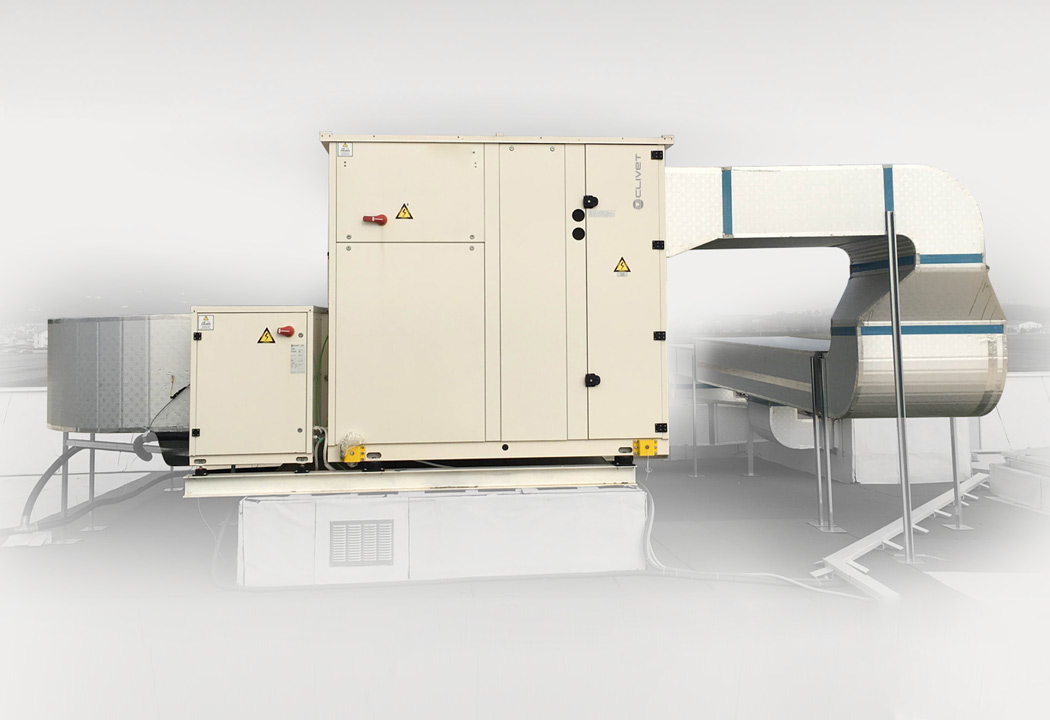Among the numerous types of air conditioning systems available on the market, water loop systems prove to be an advanced and reliable solution.
Here are the main advantages.
Selecting the best air conditioning solution for large commercial buildings is a major challenge for designers. Among the many elements to be taken into account when choosing, not only is there the reduction of energy consumption for the buildings and the search for optimal living comfort, but there is also the simplicity in design and installation, the absence of excessively high maintenance costs, and the possibility of expanding and changing the system according to future needs.
Among the numerous types of air conditioning systems available on the market, Water Loop Heat Pump systems prove to be an advanced and reliable solution, especially for shopping centres, hotels, offices and large buildings with cooling loads even in winter. Very popular in the United States and in England, but as yet unknown in the rest of Europe, this system solution takes its name from the two-pipe water circuit (loop) that distinguishes it and which is maintained at a neutral temperature by heat integration or heat dissipation systems.
How does the system work?
The water circuit at the basis of the WLHP system connects a series of reversible water-to-air or water-to-water heat pumps to ensure optimal air conditioning of areas of the building with very different requirements. The series is also potentially unlimited and allows many integrations, also in view of future system expansions (in the building). The exchange fluid that is circulated through the circuit is not liquid refrigerant but water at a “neutral” temperature, which operates as a source for the heat pumps, enabling them to produce the required heating or cooling energy locally.
Alternatively, there is a variant of the system called WSHP, in which sea, river or lake water is used as a completely renewable energy source. In both cases, to keep the temperature of the water loop within typical ranges, i.e. 20-35°C, the most efficient solution is to use an air-to-water heat pump downstream of the entire system. Alternatively, other devices that control the temperature of the water loop can also be used, even in combination with each other, such as heat generators, cooling towers, geothermal probes or groundwater wells.


